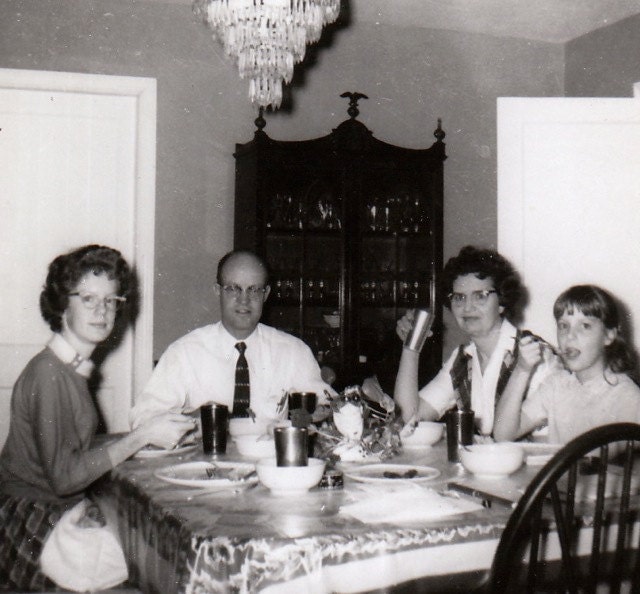I am in part inspired by Marian Pierre-Louis at Roots and Rambles and her "Simple Gift for Non-Crafty Family Historians."

Here is a list of some additional simple gifts that don't take a long time:
- Create an ornament with your name and the date. My tree is overstuffed with ornaments and each one reminds me of the time I got it. Some of my favorites are the ones I made. You can paint on plain ball ornaments. Or, this year, I took my daughter to a local pottery place where they provide ceramic ornaments to paint that are then fired.
- To up the ante a bit, consider Creating Your Own Heirloom Photo Ornament
- Last week, I mentioned my project to create "art trading cards." These little cards are a little larger than a business card. With a little effort, they can be very beautiful. Consider using copies of materials from your personal archives as embellishments. Here's a web site with good artist trading card info and samples.
- Paper mache is a fun craft that can be useful for a fun afternoon of creating heirloom gifts. Make copies of your treasured documents and use the copies to mold tree shapes, snowmen and more.
- Give a traditional calendar gift a little twist by adding a favorite family recipe for each month. I use Shutterfly to create calendars with pictures of the grandkids for my parents. For non-relatives, sharing your treasured recipes is a good way to share a bit of your family's love with dear friends.
 Quite honestly, last year's list is a pretty good one. So check back there for more ideas if you haven't done so already.
Quite honestly, last year's list is a pretty good one. So check back there for more ideas if you haven't done so already.If you are inspired by anything here and do create something, I'd love to see it and share it with other readers if you're game! Drop me an email and a picture at Melissa @ mannon dot org to show me what you've done. If you've got other unique ideas, I'd love to see those too. Happy holidays! Happy archiving! Happy crafting!








